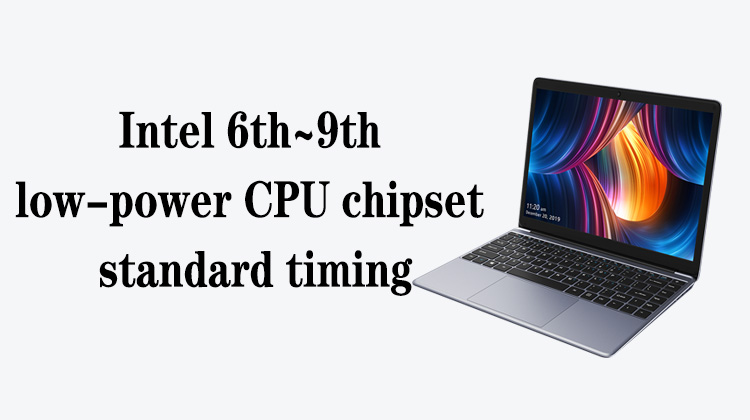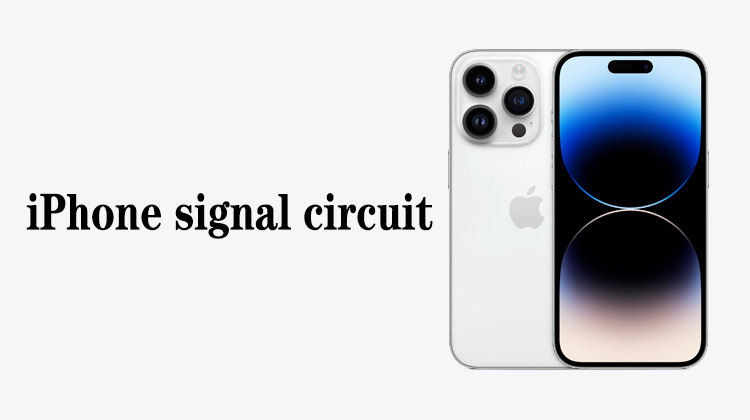1
00:00:01,300 --> 00:00:05,166
This lesson is about the related circuit of the receiver
2
00:00:05,700 --> 00:00:10,566
First look at an early low-end model, take Changxiang 9 as an example
3
00:00:11,133 --> 00:00:13,200
It uses a Qualcomm chip
4
00:00:13,966 --> 00:00:17,066
Let's see what components are in this circuit
5
00:00:17,666 --> 00:00:25,233
Look at the right first, ANT 1701 and 1702 written here on the right, they are the two shrapnel of the earpiece
6
00:00:27,366 --> 00:00:32,000
The circuit diagram generally does not draw the circuit diagram of the earpiece,
7
00:00:32,000 --> 00:00:38,166
at most it is the position of the shrapnel of the earpiece, or the position of the connecting seat of the earpiece
8
00:00:39,266 --> 00:00:42,400
Here is the contact position of the earpiece
9
00:00:42,966 --> 00:00:47,400
The earpiece shrapnel touches this contact to transmit the sound signal
10
00:00:48,633 --> 00:00:51,766
This power IC is actually a large audio
11
00:00:54,566 --> 00:00:59,400
The monaural sound written here refers to the traditional early earpiece
12
00:01:00,200 --> 00:01:04,666
The early earpiece was driven by a large audio frequency to make sound,
13
00:01:07,300 --> 00:01:11,133
it did not support playing music, so we call it monaural
14
00:01:18,200 --> 00:01:21,033
The one on the left is the CPU
15
00:01:21,566 --> 00:01:25,366
The CPU plays a vital role in the earpiece circuit
16
00:01:26,366 --> 00:01:31,566
The CPU usually transmits the sound signal to the big audio through the bus
17
00:01:36,633 --> 00:01:42,666
The big audio converts the sound signal to digital and analog, and amplifies it internally
18
00:01:43,166 --> 00:01:48,233
After the amplification, the sound signal is output and the earpiece is pushed.
19
00:01:48,900 --> 00:01:54,233
When making a call, the handset will make a sound when the handsfree is not turned on
20
00:01:54,733 --> 00:01:57,000
This is an early Qualcomm
21
00:01:57,666 --> 00:02:01,733
Let's take a look at the stereo earpiece of Huawei P40
22
00:02:02,966 --> 00:02:07,900
What is stereo, that is, the earpiece can act as a speaker for playing music
23
00:02:09,833 --> 00:02:12,900
The power of the handset is adjusted by the circuit,
24
00:02:12,900 --> 00:02:16,333
and it is controlled by the small audio to make it sound
25
00:02:17,600 --> 00:02:20,300
Then when the sound is loud, it plays music,
26
00:02:20,300 --> 00:02:23,900
and when the sound is low, it is equivalent to an earpiece
27
00:02:24,866 --> 00:02:30,833
It controls the size of the output power of the power amplifier to control the size of the sound
28
00:02:33,766 --> 00:02:38,933
There are handset, small audio, main audio and CPU in this circuit
29
00:02:39,433 --> 00:02:45,933
We see that the stereo earpiece circuit is exactly the same as the speaker circuit we mentioned earlier
30
00:02:47,733 --> 00:02:49,900
Let me tell you roughly here
31
00:02:50,500 --> 00:02:53,833
The sound signal of the earpiece comes from the large audio,
32
00:02:53,833 --> 00:02:58,000
and the sound is transmitted to the small audio through the I2S bus
33
00:02:58,600 --> 00:03:04,166
The small audio is converted from digital to analog, and then the power is amplified,
34
00:03:04,733 --> 00:03:08,866
and finally the signal of the earpiece is output to the earpiece
35
00:03:09,666 --> 00:03:11,933
It is such a working process
36
00:03:12,333 --> 00:03:18,300
The sound signal is transmitted between the big audio and the main CPU through the Slim bus
37
00:03:18,933 --> 00:03:24,566
Stereo earpiece and speaker circuits are exactly the same, so we won't say more here
38
00:03:26,666 --> 00:03:30,666
We can see that the code name of the handset here is RCV
39
00:03:31,300 --> 00:03:34,566
Another code name for the handset is EAR
40
00:03:35,333 --> 00:03:38,366
Let's take a look at the Xiaomi 10 Pro model
41
00:03:41,900 --> 00:03:44,566
Here is the earpiece contact point
42
00:03:45,233 --> 00:03:48,266
The earpiece and the mainboard are separate
43
00:03:48,866 --> 00:03:50,666
This is the main audio
44
00:03:51,033 --> 00:03:55,900
This earpiece does not have stereo, it is only responsible for the earpiece
45
00:03:56,266 --> 00:03:58,666
This machine is very interesting
46
00:03:59,200 --> 00:04:04,966
It has a speaker on the top, and the other speaker is driven by a small audio amplifier
47
00:04:05,933 --> 00:04:10,733
The earpiece is the earpiece, the top speaker is the top speaker, they are separate,
48
00:04:10,966 --> 00:04:13,166
not the same as Huawei P40
49
00:04:13,600 --> 00:04:19,133
The earpiece at the top of the Huawei P40 acts as a speaker and also as an earpiece
50
00:04:19,866 --> 00:04:23,600
This is the main audio, it is only responsible for the fact that
51
00:04:23,600 --> 00:04:27,666
we can hear the other party's voice when the hands-free is not turned on
52
00:04:28,700 --> 00:04:36,966
The audio signal is transmitted between the main audio and the CPU through the SWR_TX or SWR_RX bus
53
00:04:38,866 --> 00:04:42,200
Xiaomi 10 Pro uses Qualcomm's CPU
54
00:04:42,800 --> 00:04:47,033
The audio that begins with WCD is Qualcomm's solution
55
00:04:47,900 --> 00:04:54,666
Its working process is that the CPU sends a sound signal to the main audio through the SWR bus
56
00:04:55,666 --> 00:05:01,966
After the main audio processes it, it outputs a sound signal and sends it to the earpiece contact
57
00:05:02,400 --> 00:05:05,700
This sound signal makes the earpiece emit sound.
58
00:05:06,400 --> 00:05:09,833
These are the circuits of the earpieces of these models
59
00:05:10,466 --> 00:05:12,300
That's all for this lesson






